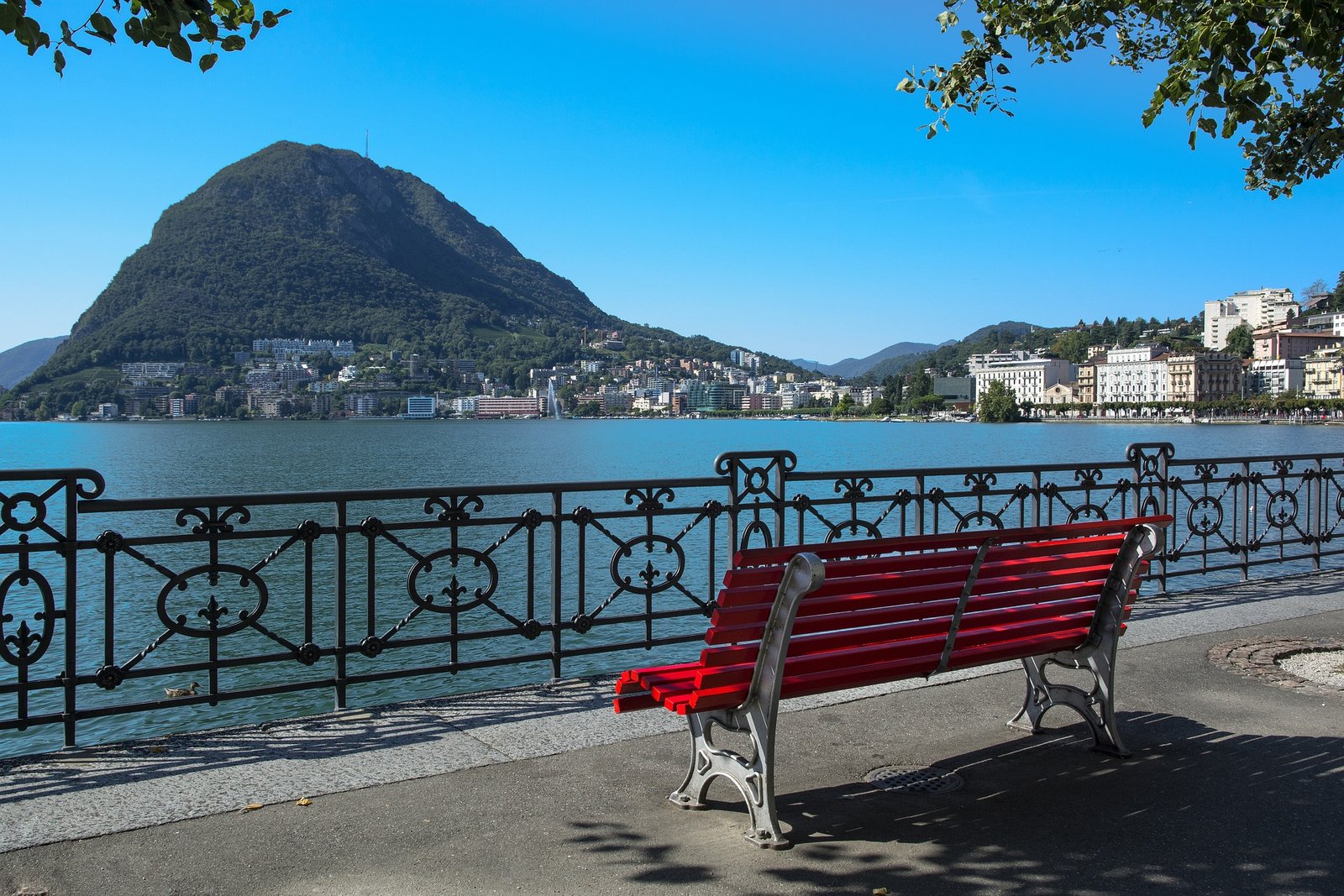A beautiful city to visit, Lugano is blessed when it comes to its incredible setting; it lies on the shores of Lake Lugano, with Monte Bre and Monte San Salvatore looking over it. Located just south of the Alps in Switzerland, the mountainous region in which it is set is awe-inspiring to behold, and the views on offer are stupendous.
With an Italian feel, Lugano’s architecture, cuisine, and nearby lakeside villages are great fun to explore and visitors will never get tired of looking out over the dark blue waters of the lake.
Indeed, the picturesque landscapes on offer proved to be the inspiration for novelists such as Antonio Fogazzaro and Hermann Hesse, and it is easy to see why. With so much to see and do, Lugano is sure to astound and awe visitors with its amazing displays of pristine nature, delightful churches, and pretty parks.
1. Gandria
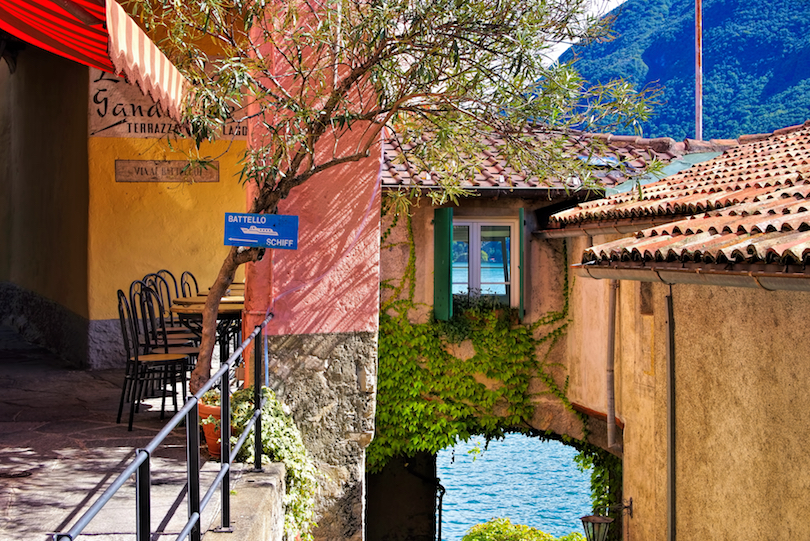 © Lianem / Dreamstime
© Lianem / Dreamstime
Hugging the lakeside, this charming little town lies on the lower slopes of Monte Bre. It was incorporated into Lugano in 2004 and looks untouched by time, such is its picturesque appearance.
Wandering the small streets and steep stairways of the town is to step back in time. It is astonishing to think that this quaint place was once a hub for smugglers crossing between Italy and Switzerland.
The Swiss Customs Museum which documents these illegal activities is not far away and makes for an interesting visit. Tucked away amongst the narrow streets is a wonderful little church and a number of small cafes and restaurants.
2. Cattedrale di San Lorenzo
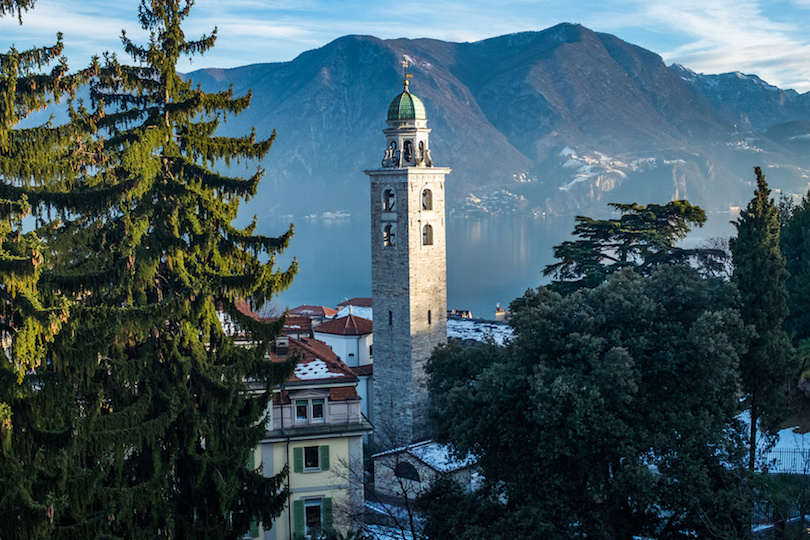
Beautiful to look at, the facade of il Cattedrale di San Lorenzo is made out of dazzlingly white limestone and marble and was erected in 1517. With delightful motifs and ornamentation above the three portals, and marble busts and rose carvings also on show, visits can hardly fail to be impressed with the cathedral.
From above, there is a lovely terrace which offers fantastic views of the Old Town – so delightfully framed by the mountains and lake. With a gorgeous bell tower rising above it, the cathedral with its wealth of Baroque, Gothic and Renaissance architectural styles is definitely worth stopping by when in Lugano.
3. Olive Trail
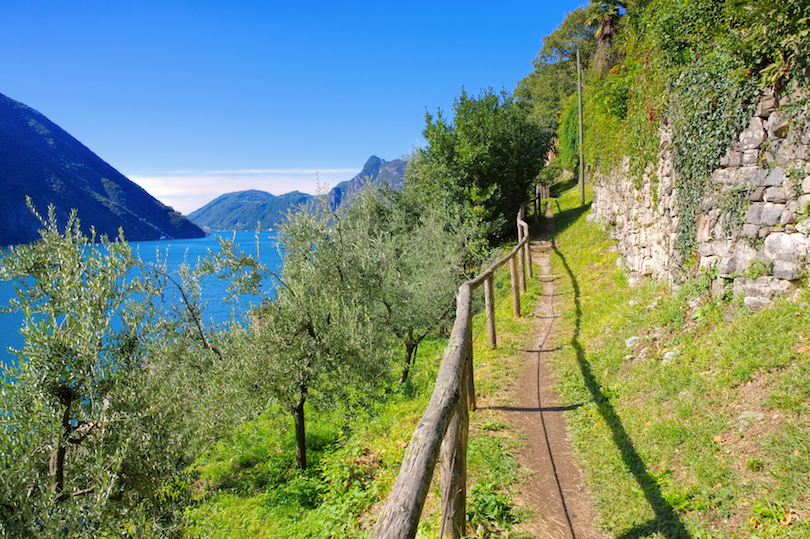 © Lianem / Dreamstime
© Lianem / Dreamstime
Starting off in the little town of Gandria, the Olive Trail (Sentiero di Gandria) meanders through ancient groves that hug the sun-bathed mountainside of Monte Bre. The hike is delightful and offers captivating views of the lake below.
Wandering amidst the terraces is liberating; you feel unencumbered and free as you wander through nature. There are lots of displays documenting the history of the olive trees and their cultivation. Perfect for nature lovers, this relaxing trail will leave you refreshed and ready to see the rest of Lugano’s amazing sights.
4. Piazza della Riforma
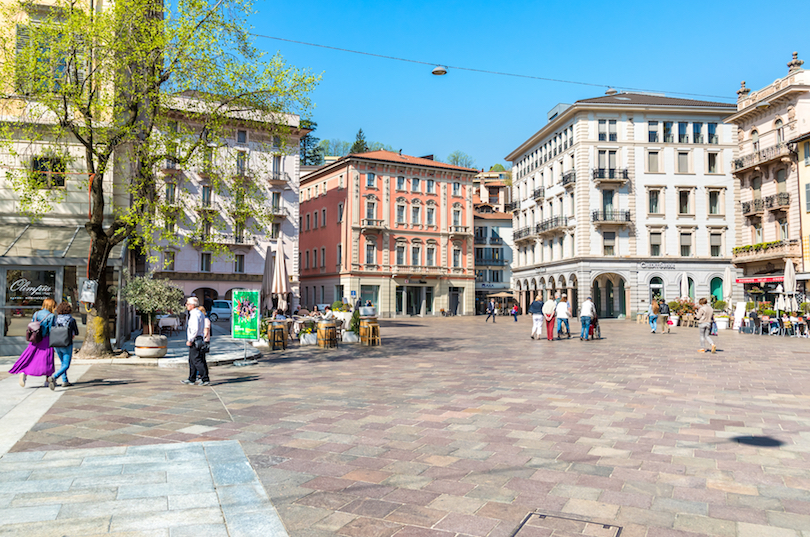 © Ellesi / Dreamstime
© Ellesi / Dreamstime
Lying at the heart of the Old Town, Piazza della Riforma is a must-see when in Lugano. Life revolves around this pretty square and it is here that the city hall is located. The pastel buildings that surround the piazza are so pretty, and there are many cafes, bistros, and restaurants for visitors to choose from.
A lively place, the square is great to head to during the evenings and at weekends when it is packed with locals and tourists. Lots of festivals and cultural events are held here throughout the year, so keep an eye out when visiting for anything going on.
5. Santa Maria degli Angioli Church
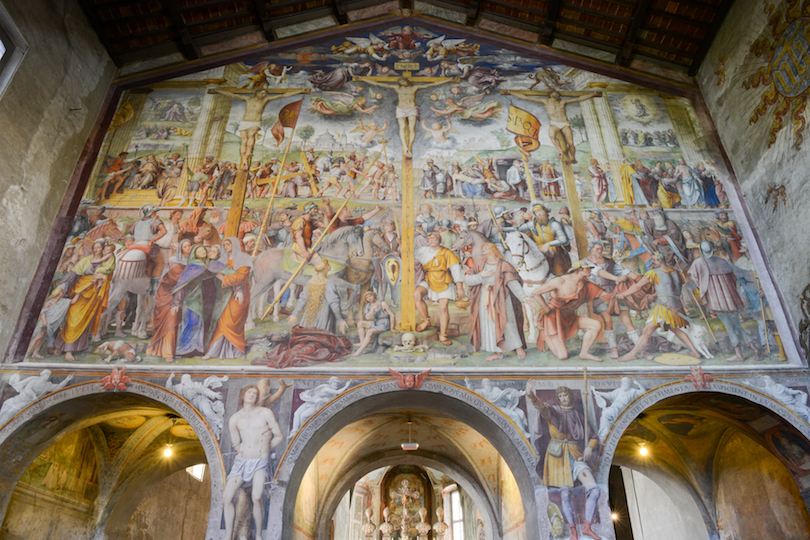 © Stefano Ember / Dreamstime
© Stefano Ember / Dreamstime
While the exterior of Santa Maria degli Angioli Church may not be that special, the interior is spectacular and certainly warrants a visit. An absolutely stunning fresco covers much of the walls inside and it really is marvelous to see the detail.
Considered to be the finest fresco dating to the Renaissance in the whole of Switzerland, it was painted by a student of Leonardo Da Vinci – Bernardino Luini. Wandering around the church is fascinating and one could spend hours gazing upon the vivid colors, the lively figures and religious scenes that it depicts.
